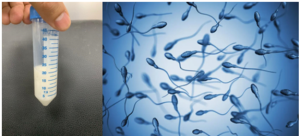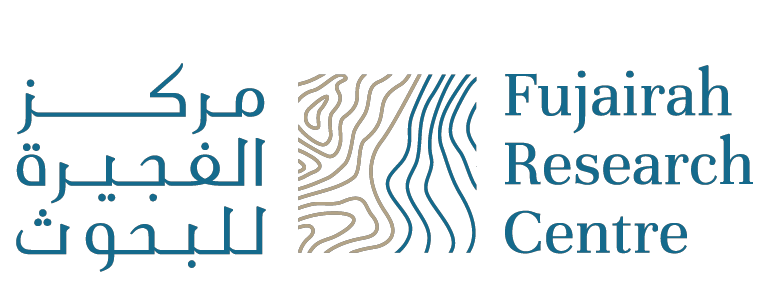
Semen dilution and preservation in dromedary camels
The reproductive efficiency of camels in their natural environment is low due to a short breeding season, a late age of reaching puberty, and a long gestational period. Therefore, the use of artificial insemination (AI) and embryo transfer (ET) are becoming more and more important to increase their breeding potential. Application of assisted reproductive technologies (ARTs), such as artificial insemination, semen preservation and cryopreservation, and in-vitro fertilization, has the potential to increase reproductive efficacy and improve the genetic merits. The application of ARTs in dromedary camels is considered to have a low overall efficiency and lacks the widespread application seen in other domestic animals. This is due to challenges presented by the semen collection procedure and the low semen volume and concentration that is observed in this species. Camelid semen is characterized by poor quality and high viscosity where spermatozoa are entrapped in a gel-like substance of the seminal plasma which makes handling and estimation of the spermatozoa parameters difficult. This high viscosity is usually attributed to the presence of mucopolysaccharides from secretions of the bulbourethral gland or the prostate. These secretions help to keep a sperm reservoir alive inside the female genital tract, for up to 3 days, till ovulation and fertilization. Development of standard methods of cooling and freezing pf camel semen is challenging due to the variability of camel semen in volume, sperm cell concentration, and viscosity. Its thick, gel-like consistency hampers semen processing including exposure to cryodiluents and semen packaging. The time for liquefaction and release of motile sperm can be highly variable. The maintenance of spermatozoa outside the body is customarily carried out in artificial insemination (AI) procedures. Numerous factors must be considered in any AI program; one of the major considerations is the extender or diluent used to dilute the semen before insemination either in fresh, or stored form. The use of chilled or frozen-thawed semen helps enable the adoption of AI as a technique of breeding in field conditions and facilitates semen transport domestically and internationally. Cooling followed by freezing and thawing of the sperm is usually associated with some damage in the membranes (either of the cellular and/or cellular organelles) and DNA followed by a loss in viability and fertility. Therefore, the proportion of fully functional sperm that retain intact membranes, acrosome, DNA, tail, and mitochondrial activity after cooling and/or freezing-thawing is essentially required for successive sperm motility and fertility. A proper semen extender should prolong the survival of spermatozoa outside the body and enable a single semen ejaculate to be diluted to be useful to impregnate a large number of females.
In the Fujairah Research Center (FRC), we have developed a novel camel semen extender that simplifies semen processing and enhances the fertility of fresh and short-term preserved cooled camel semen. This extender boasts a long lifespan, easy to preserve, transport, and use. It can even be lyophilized and reconstituted before use. The newly developed semen extender yields fertility rates exceeding 90%, 70%, and 30% with fresh semen and semen cooled for 24 and 48 hours, respectively. Ongoing research at FRC aims to further improve sperm fertility in preserved and cryopreserved camel semen.
